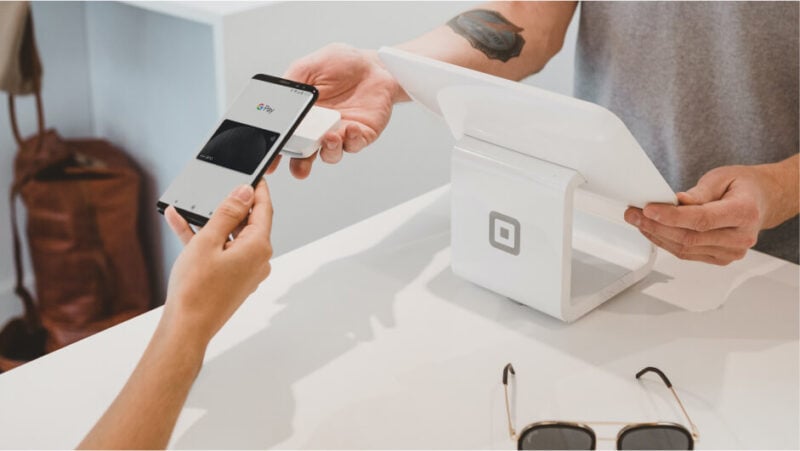3 Steps to Crush Customer Segmentation in Retail

Retail brands need to deliver hypersegmented experiences to capture, engage and retain high lifetime value customers — but scaling these personalized experiences has always been a challenge. Still, getting it right when it comes to customer segmentation in retail pays off.
The benefits of digital marketing personalization are widely known: they can take retailers from having customers who move from brand to brand to loyal customers who make significant impacts on the brand’s revenue and growth — from increased repeat purchases to growth in basket sizes and frequency.
However, most retail customer segmentation strategies have varying degrees of effectiveness — the vision is there, but the execution can be overwhelming.
In the Retailers’ Guide to Audience Segmentation (and the video below), we share how Micheal Kors successfully attracts new customers while boosting customer loyalty and retention by being much more targeted and personalized:
From a consumer perspective, personalization done wrong can be seen as intrusive. But when executed correctly, personalization can be helpful and inform your customers of products or services they may find valuable.
Brands like Michael Kors have omnichannel personalization down: they offer promotions that provide value, they display products that the customer wouldn’t have discovered otherwise, and they enable shoppers to save time, money and effort.
Those retailers that get personalization right start by building a solid foundation providing business users with the independence to build and iterate on their audience management strategy.
Check out the three steps you can start taking to personalize your shoppers’ journeys.
3 Steps to Crush Customer Segmentation in Retail
Step 1: Start With Your Customer Data
Retailers have an abundant amount of data — from POS transactions, website browsing data and marketing databases to call centers. Unifying this data and leveraging it to build hyperfocused audience segments should be your starting point.
By connecting data that is traditionally dispersed throughout the organization, business users can identify those customers who are browsing but not adding items to their cart, or those who never make their way through the full purchasing journey.
Your team can understand their segments better and build and execute customer journeys based on their specific behaviors — independent of IT. This ultimately increases speed to market and alleviates many internal points of frustration for employees.
Retail brands like e.l.f. centralize all their data, enabling them to personalize their offers and communications and drive customer loyalty:
“To really get to that next level, we had to bring all that data together in one system to unlock more opportunities and more insights.”
Brigitte Barron, Director of Global CRM & Customer Growth at e.l.f.
Get the case study: How e.l.f. Beauty Uses ActionIQ to Enhance Customer Experience and Drive Brand Loyalty.
Step 2: Build Real-Time Hyper-Segmented Audiences
Customer segmentation in retail has been around for a while, yet we’re still targeting broad based segments. This doesn’t work today — especially so in retail. With customer preferences and needs constantly evolving and the abundant amount of data available to us, the expectation to anticipate the customer’s needs is implied.
Customer-facing teams must have the tools to build and iterate on segments in real time and be empowered with the most recent and accurate customer data. For example, to generate a successful real-time customer experience, transactional or browsing data should be added to customer profiles in real time and audiences should be automatically filtered into the right segments.
If this is done correctly, audiences can be built instantaneously — business teams will not miss opportunities to target high value customers. The result: a 25% increase in marketer efficiency and a 40% increase in data analyst efficiency.
When customer data is accessible to business users, hypersegmentation becomes much more attainable. Business teams can get more granular in their targeting, they can identify high propensity customers or at-risk customers, and build experiences and journeys will be impactful to a diverse range of customers.
Step 3: Automate and Scale Your Experiences
Customers expect brands to know who they are, what they need and to deliver it across any and all channels. This is impractical without automation.
Automation not only enables you to keep audiences up to date by filtering in new prospects once they show intent or a similar behavior to a pre-built audience. But, also execute on experiences in real-time.
Let’s say a customer has an issue with a backordered item, you can automatically identify that issue and suppress that customer out of upsell or cross sell campaigns. And, once the issue is resolved, you can automatically add them back into the journey.
To transform customer data from a cost center into a profit center, brands must enable business teams to activate audiences via sophisticated customer journey orchestration and real-time customer experiences.

With technology like ActionIQ’s CX Hub, there are a lot of ways in which you can achieve your personalization initiatives and improve the overall customer experience, but it all starts with your data.
Learn More About Customer Segmentation in Retail
If you’re interested in learning more about building real-time audience segments with the CX Hub from ActionIQ, check out the new Retail Guide to Audience Segmentation or get in touch to speak with one of our retail experts.





